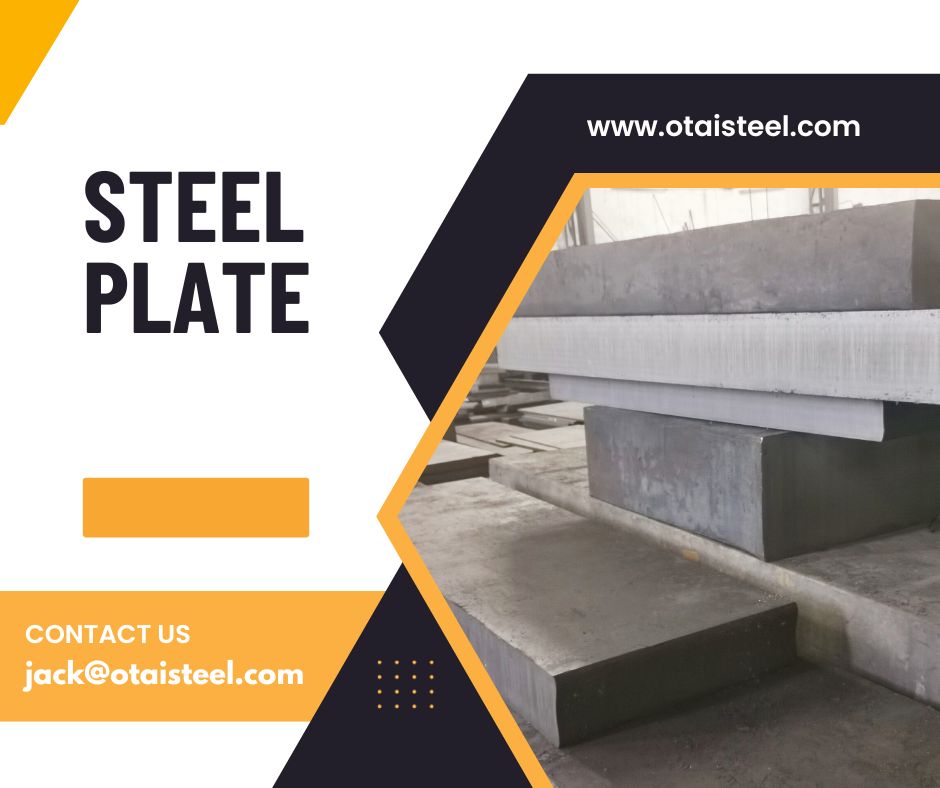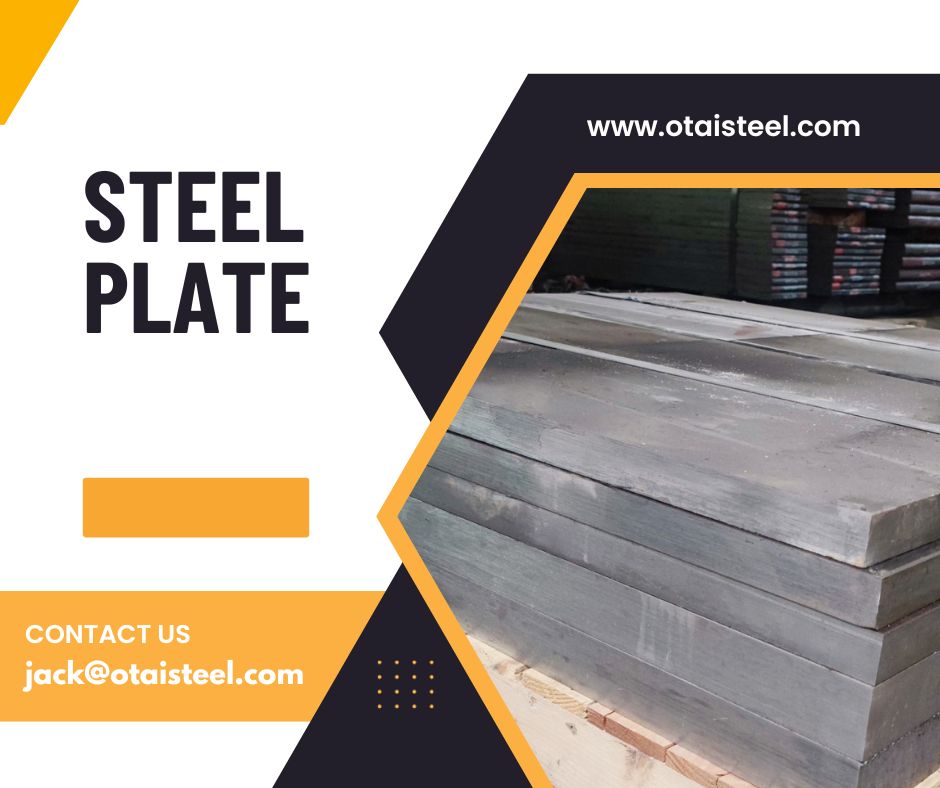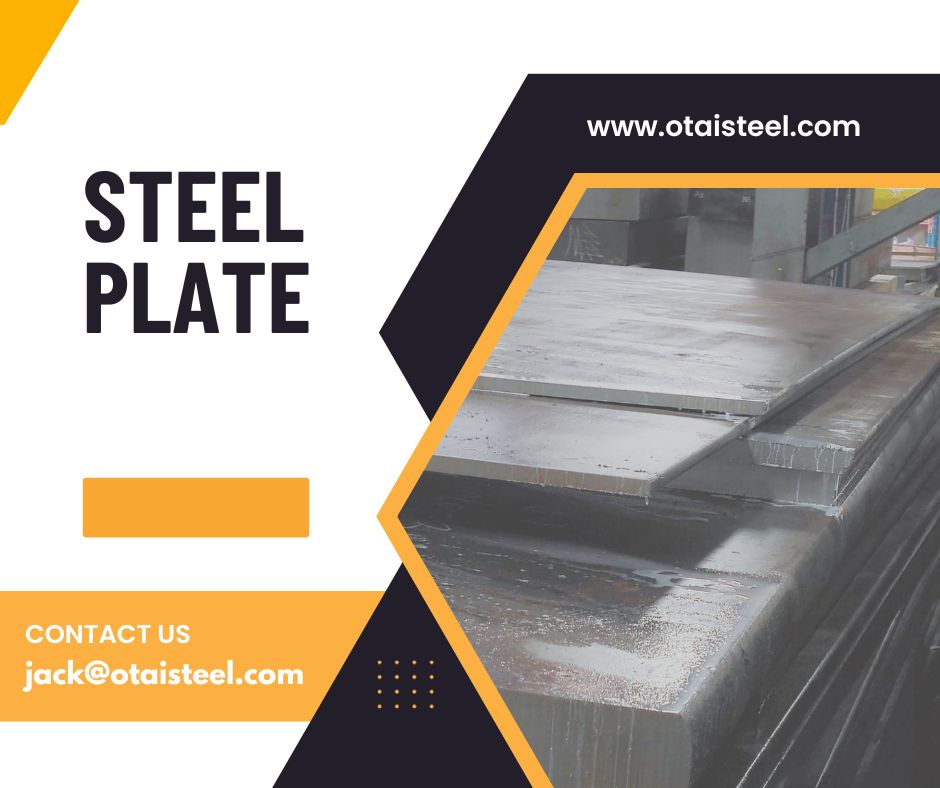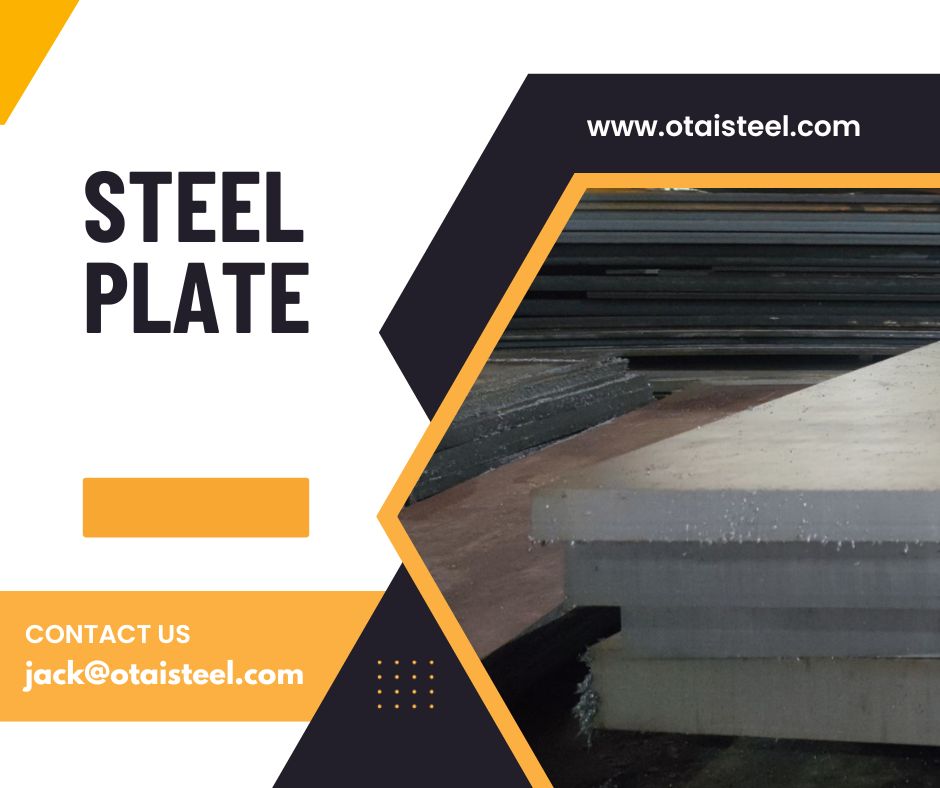A Comprehensive Guide to Working with A2 Steel
A2 steel, a versatile and high-performance tool steel, has become a staple in various industries due to its exceptional properties. Whether you’re a seasoned professional or a DIY enthusiast, understanding the nuances of working with A2 steel can significantly impact the quality and longevity of your projects. In this comprehensive guide, we’ll take a journey through the characteristics, applications, and best practices for handling A2 steel.
Unlocking A2 Steel’s Composition and Characteristics
A2 steel, classified as an air-hardening tool steel, is celebrated for its excellent combination of wear resistance, toughness, and dimensional stability. Composed of chromium, molybdenum, vanadium, and carbon, A2 steel forms a fine-grained microstructure that contributes to its outstanding performance in various applications.
Applications Across Industries: Where A2 Steel Shines
Before delving into the working aspects, let’s explore the diverse applications where A2 steel demonstrates its prowess. From precision cutting tools and blades to industrial dies and punches, A2 steel finds a home in applications demanding high wear resistance and superior edge retention. Its versatility extends to woodworking tools, forming dies, and even components in plastic molding.
Machining Marvel: Tips for A2 Steel Machining
Machining A2 steel requires precision and expertise. The alloy’s composition can lead to work hardening during machining, necessitating appropriate tooling and cutting speeds. Utilizing carbide or high-speed steel tools and employing proper coolant can enhance the machining process, ensuring a smooth finish without compromising the material’s integrity.
Heat Treatment Mastery: Optimizing A2 Steel’s Performance
A critical aspect of working with A2 steel lies in understanding its response to heat treatment. The air-hardening nature of A2 steel requires careful consideration of temperature and quenching methods. Precision in the heat treatment process not only influences hardness and toughness but also determines the steel’s overall performance in its intended application.
Forging Success: A2 Steel in Tool and Blade Manufacturing
For artisans and manufacturers crafting tools or blades, forging A2 steel is a skill worth mastering. The material’s resistance to deformation during forging, coupled with its excellent edge retention, makes it a preferred choice. The controlled heating and gradual cooling during forging contribute to the formation of a robust structure that enhances the tool or blade’s durability.
Welding Wisdom: A2 Steel Joinery Techniques
Welding A2 steel requires a meticulous approach to prevent detrimental effects on its properties. Preheating the material, selecting appropriate filler materials, and post-weld heat treatment are crucial steps to maintain the integrity of the steel. Welders should pay close attention to prevent excessive heat input, which may lead to undesirable changes in A2 steel’s microstructure.
Finishing Flourish: Tips for A2 Steel Surface Treatment
The final touches on projects involving A2 steel often involve surface treatments. Whether it’s polishing, coating, or nitriding, selecting the right method depends on the intended application. These treatments not only enhance the aesthetic appeal but also contribute to the steel’s corrosion resistance, ensuring longevity in various environmental conditions.
Maintenance Matters: Preserving A2 Steel’s Performance
To ensure the longevity of tools and components made from A2 steel, proper maintenance is essential. Regular cleaning, lubrication, and storage in controlled environments can prevent corrosion and deterioration. Understanding the specific requirements of A2 steel in your applications guides you in establishing effective maintenance routines.
Conclusion
In the vast world of tool steels, A2 steel stands out as a reliable and high-performing option. Mastering the art of working with A2 steel involves a holistic understanding of its composition, applications, and the nuances of machining, forging, welding, and finishing. By incorporating these insights into your projects, you can harness the full potential of A2 steel and create enduring, high-quality products.

 The Impact of 30CrNiMo8 Alloy in Industry
The Impact of 30CrNiMo8 Alloy in Industry

